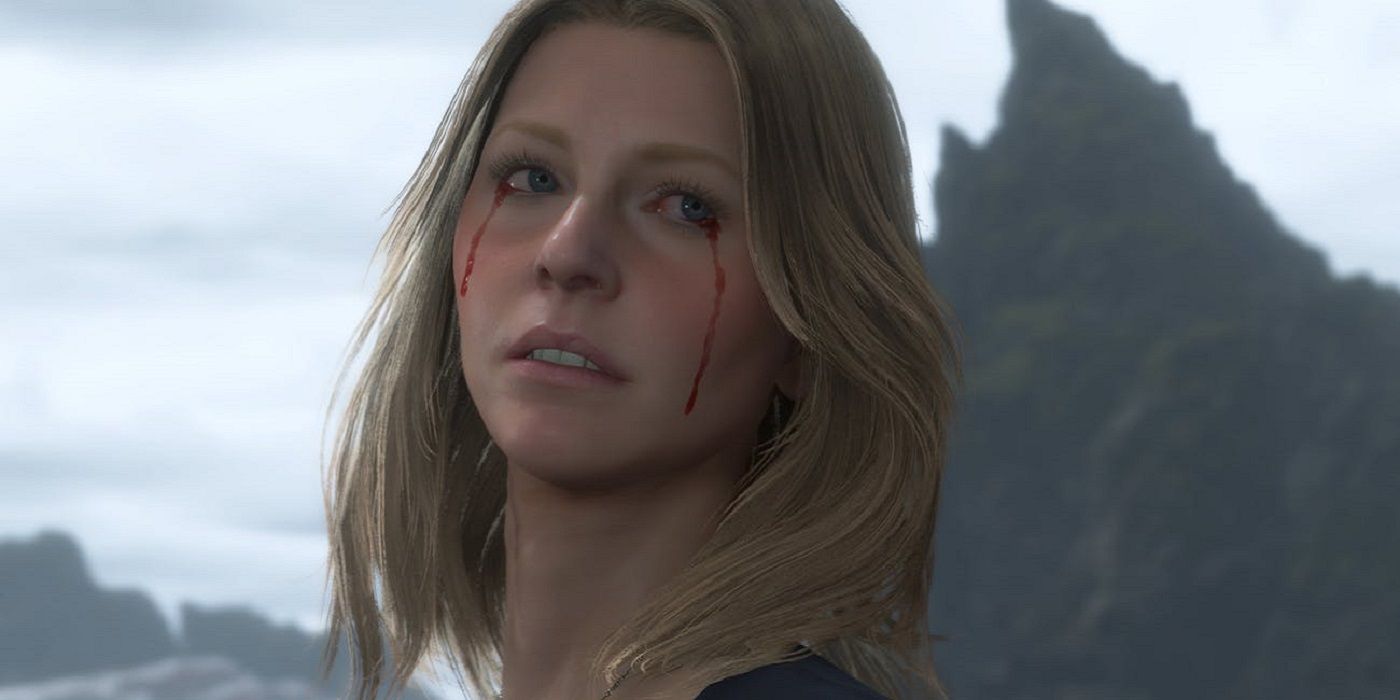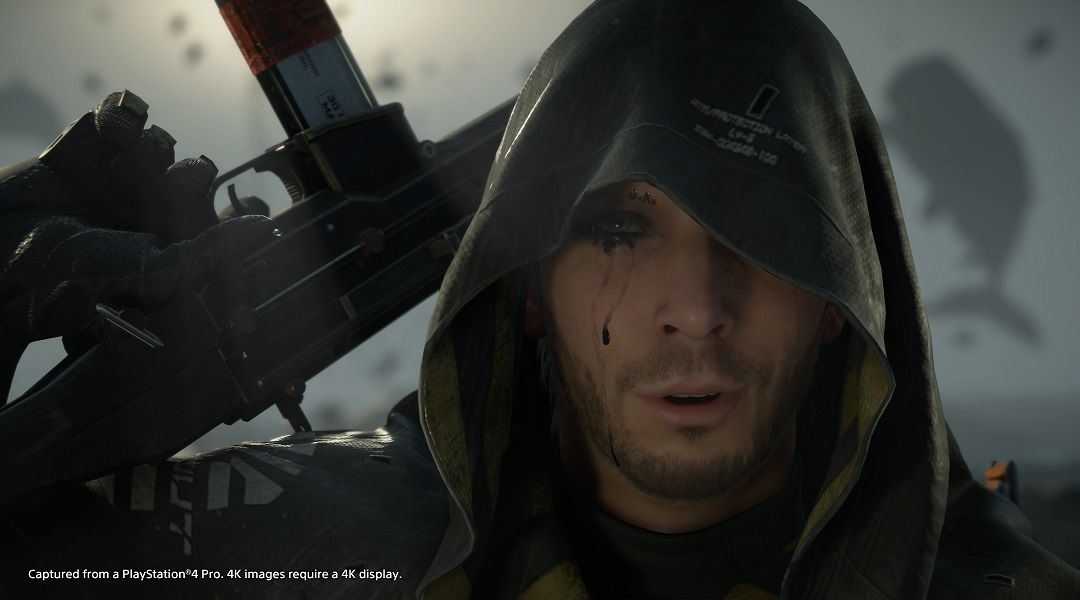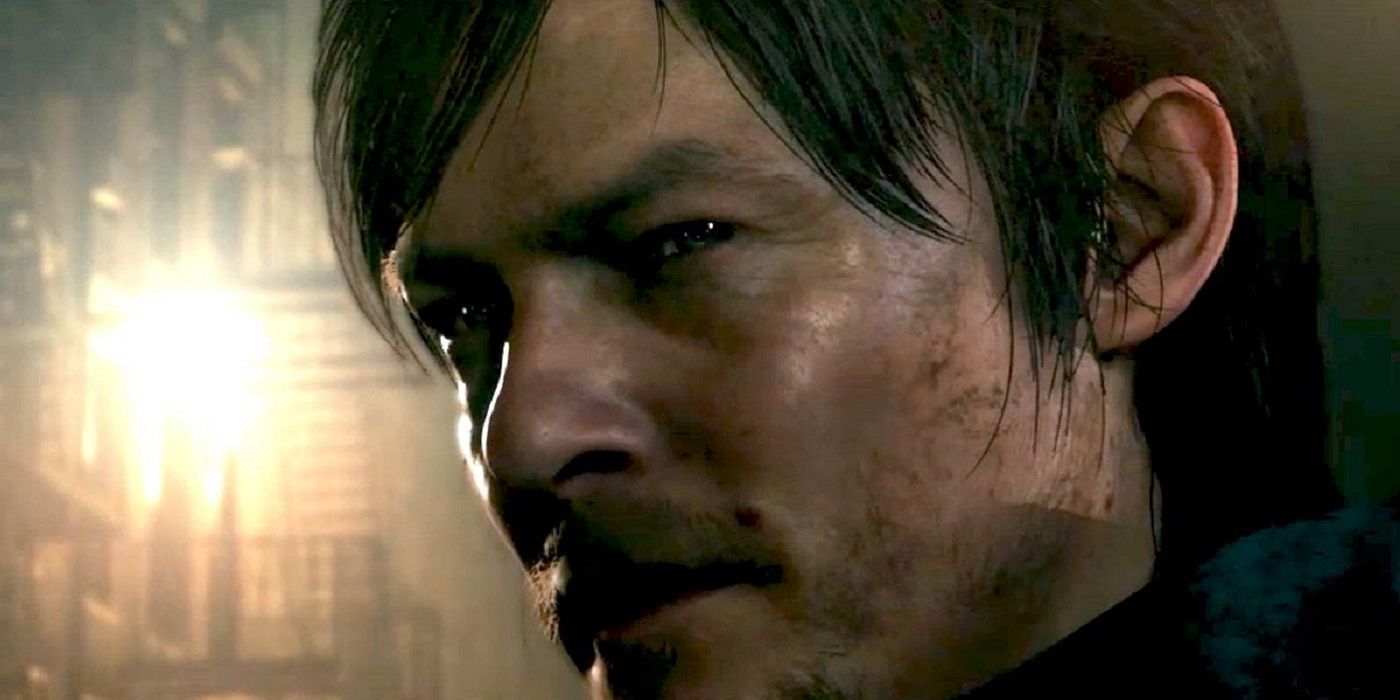Ever since Hideo Kojima first revealed Death Stranding at Sony's E3 2016 press conference, fans have been theorizing about the game's plot and what it could possibly be about. Now that Death Stranding has been out for about a week now, fans are starting to wrap up the story. But since Death Stranding is a Hideo Kojima game, it's full of the game director's patented twists, turns, and bizarre concepts. As a result, it's safe to say that there will be at least a few Death Stranding players who reach the game's end credits and are left scratching their heads at what they just witnessed.
For those who want some more insight into the Death Stranding ending, we're going to explain it in detail. Of course, this means that this article has MASSIVE SPOILERS for Death Stranding, so those who have yet to complete the game may want to come back after they've finished the story.
Here is Death Stranding's ending explained.
Amelie's Beach
When it comes to explaining Death Stranding's ending, it's almost difficult to figure out where to start without confusing people. But we think that the game really starts ramping up its climax around the time Sam fights Troy Baker's character Higgs in Amelie's Beach.
A "Beach" in Death Stranding is a sort of link between the afterlife and the real world. Everyone has their own personalized Beach that they experience, though some Beaches are linked and some people can travel to others' Beaches. At any rate, it's discovered that Sam's "sister" Amelie is actually his mother Bridget, with "Amelie" existing on the Beach and Bridget living in the real world until her death at the beginning of the game.
It's revealed that Amelie/Bridget is the Extinction Entity, which essentially causes mass extinction events. Amelie wants to bring about the Last Stranding, which would be the ultimate extinction event and completely end life on Earth. Sam is able to confront Amelie at her Beach, with players given the choice to shoot at Amelie or embrace her. If Sam shoots at Amelie, nothing happens, and eventually players are greeted with a game over screen. What they really need to do is holster their weapon and embrace Amelie to convince her to change her mind and remove herself from the world completely.
Clifford Unger
With Amelie gone, the United Cities of America continues on with Die-Hardman as their new leader. Sam's Bridge Baby (BB) Lou passes away, and so he heads out to incinerate Lou's corpse before it can trigger a Voidout. Along the way, Sam connects with Lou again, and it's then revealed that the visions he had been seeing throughout the game, seemingly from Lou's perspective, were actually his own memories.
Years before the plot of Death Stranding, Sam was being prepped to be a Bridge Baby, his father none other than Mads Mikkelsen's character Clifford Unger. Clifford wanted to remove Sam from the Bridges lab where he was being made into a BB, but was shot by Bridget. Clifford died as did the infant Sam, but Amelie was able to revive Sam from her Beach. This allowed Sam to come back to life, where he was raised by Bridget.
Louise
Back in the present, Sam decides against incinerating his Bridge Baby Lou, and instead attempts resuscitation, not totally unlike how he himself was revived years earlier. Sam's attempts to revive Lou are successful, meaning that the child can live outside of its BB pod. In one final twist, it's then revealed that "Lou" was short for "Louise," meaning that Sam's BB was female the entire time.
What Does It Mean?
In a literal sense, the ending of Death Stranding can be summed up like this - Bridget/Amelie were technically the same being, and their intent was to wipe out all life on Earth. They were convinced not to do so, and completely separate themselves from the world of the living to give life a proper chance. We learn that Clifford Unger is really Sam's father, and that Sam was once meant to be a Bridge Baby. Unger's attempt to smuggle Sam out of a Bridges laboratory saw them both shot and killed, but Amelie was able to revive Sam on her beach. In the physical world, Bridget then raised Sam as her own son, making him believe that Amelie was his sister. Sam then revives his BB Lou after they pass away, and we learn that Lou is actually a girl.
In an allegorical sense, one can easily make the case that the ending of Death Stranding is about Hideo Kojima's split from Konami, and his rebirth as an independent game developer. In the final scenes, Unger kills his brain dead wife Lisa, which is the same name as the dead wife from PT and Silent Hills. Unger is also wearing a coat in these final scenes that is reminiscent of the coat worn by Norman Reedus's character in Silent Hills. Unger attempts to smuggle out his "baby," but is stopped by Bridget.
Unger's baby dies, but it is reborn as Sam. This could very well be a reference to Konami's cancellation of Silent Hills (Kojima's "baby" dying), which is what made Death Stranding possible in the first place (Kojima starting work on Death Stranding).
As more Death Stranding players complete the story, we imagine that there will be even more theories about what everything is supposed to mean, but this is our interpretation of the game's final moments. In the meantime, it will be interesting to see if players find any Death Stranding easter eggs that serve as more specific and literal references to Silent Hills and Kojima's past work with Konami.
Death Stranding is out now for PS4, with a PC release to follow in the summer of 2020.



